Contents
All of our animals are very hardy, and though they may not like the cold, they sure can tolerate it. Our elk are practically made for extreme temps, our Katahdin sheep handle it well, and our chickens keep each other warm on the roost. Us on the other hand, need to
dress warm to tolerate this cold!

3 Main Things To Consider When Winter Farming
1. Water
Animals still need water in the winter, but it’s probably frozen. We were lucky enough to find a place with a spigot in the barn that does not freeze. With that, we fill buckets up and bring them over on the golf cart to our animals’ waterers. But then comes the problem of the waterers freezing.
There are a couple options:
- Break up ice with a shovel and refill every day (the annoying method).
- Grab a heated hose, drag it out to your waterers and you’re done! This is probably the easiest and most efficient way, but heated hoses are very expensive. I think a 12′ hose is over $100.
- My favourite way – and what we do – is to have tank de-icers in the waterers. That way we can fill it up, have it last 5 days thawed, and not worry about it!! We have ones that are 1500 watts, see below.

2. Food
Obviously, that pretty snow is covering up all of the grass so you’ll need to find something else to feed your animals. We are a pasture-raised farm so we give our sheep and elk hay in the winter. They have 2 feeders for the sheep and 1 for the elk that we keep full always! The more their bodies are chewing and digesting, the more they will keep warm.
On extra cold days (like this past week that was -30…….) we give them some alfalfa pellets as a treat and something that can be eaten closer to their structure.”
Same with the chickens, since there is no grass we do feed them grain, as it helps keep them warm! Scratch grain is also good. We do not heat our coop.

3. Bedding
Would you like laying on the cold snow night after night? Didn’t think so. Neither would your animals! So we put straw bedding down. This keeps their structures well insulated and provides a base that also retains heat. They’re always cuddling anyway, but this helps!
And as always, having a warm work jacket that is different from your everyday winter coat will make all the difference. Not only one that keeps you warm, like my Carhartt one, but one that is tough and you can get dirty, too. The art of layering is lovely, but we will get to that below.
Let me know if you have any tips for winter farming in the comments below!
– Abbagail

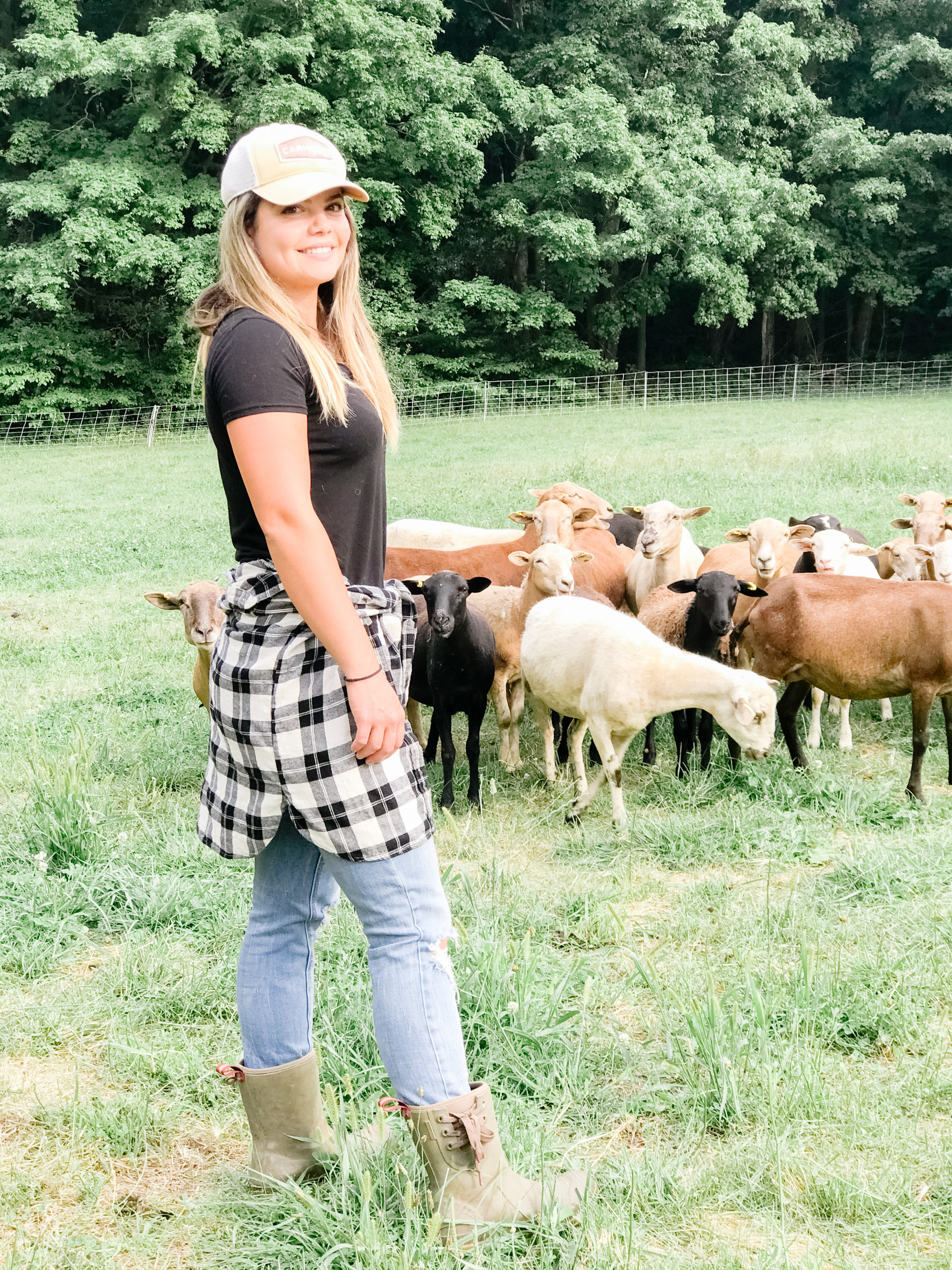
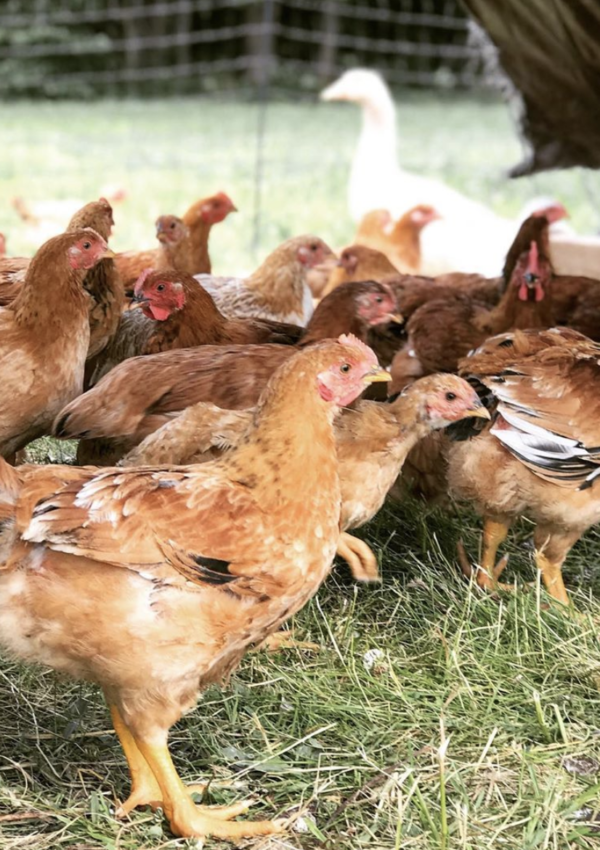
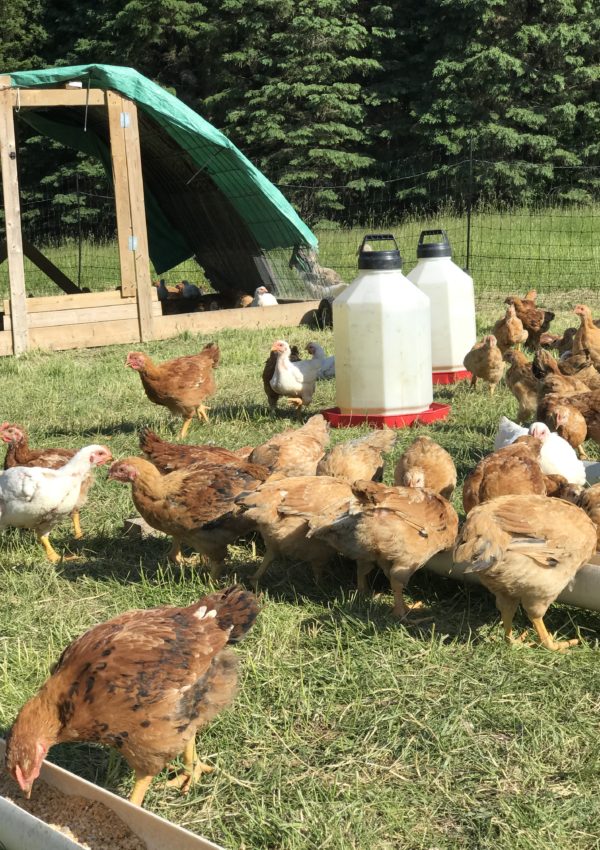
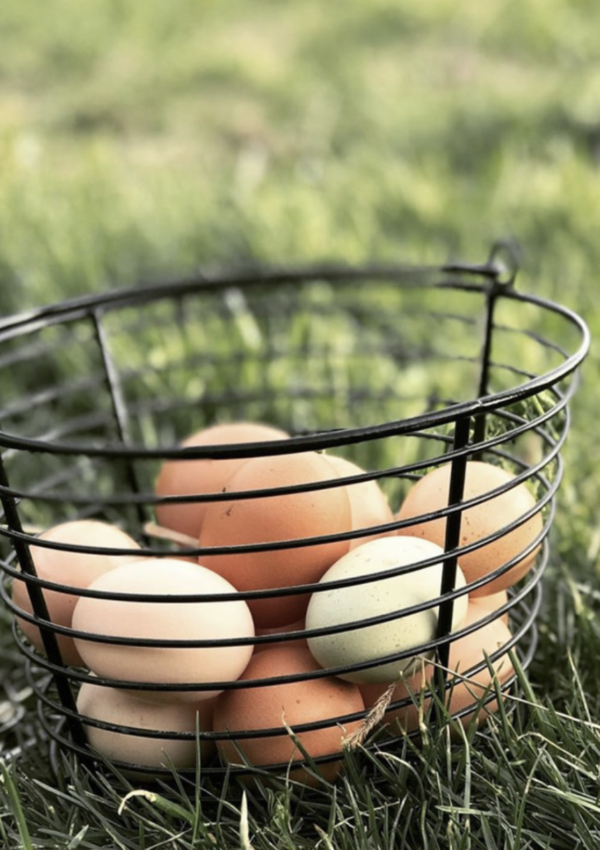
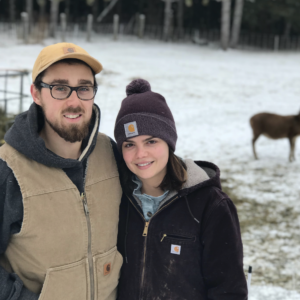
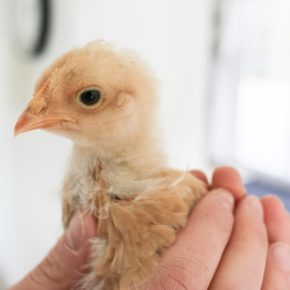
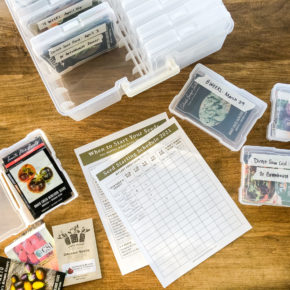
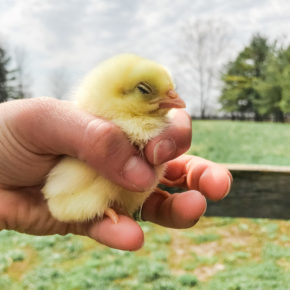
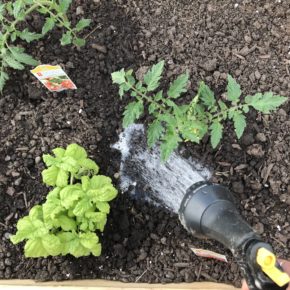
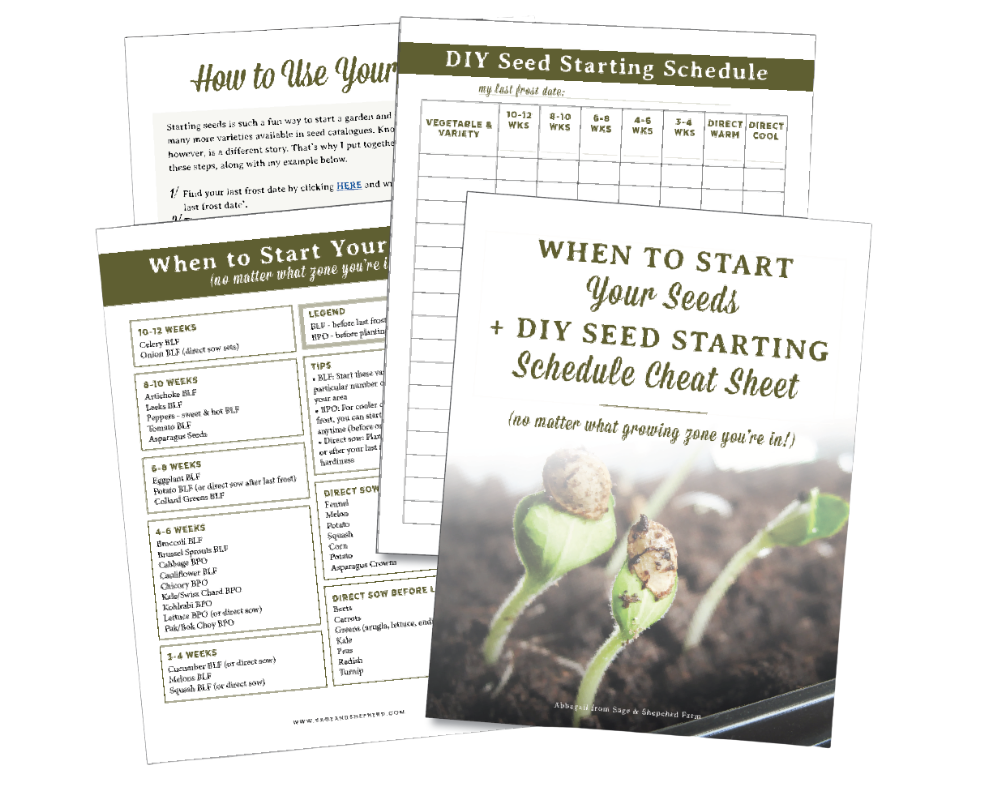
Leave a Reply